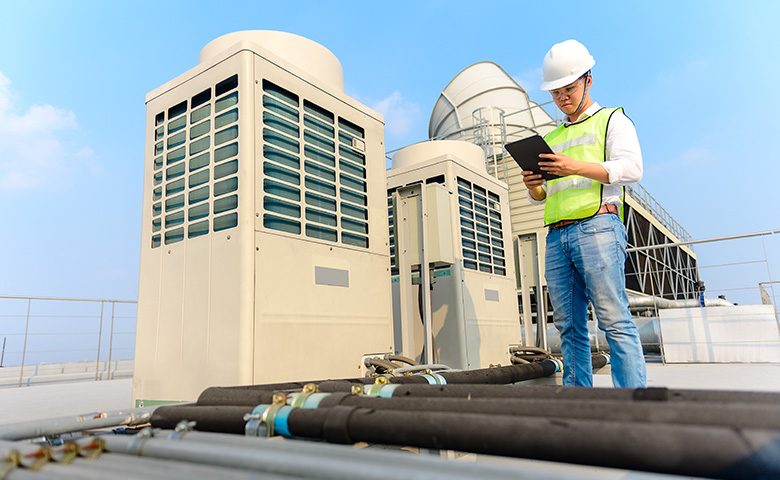After a safety incident occurs involving equipment, you can expect your safety management system will be put under the microscope to determine where the problem is. This can range anywhere from policies and procedures to planning and maintenance.
As someone who is tasked with improving safety, your first thought may be to dissect all of the things that occurred before the incident. But instead of blaming maintenance in the name of safety, what if you brought the two closer together?
There is a highly visible connection between safety incidents and reactive maintenance—what you don’t often notice is the link between the lack of safety incidents from proactive maintenance.
In many ways, safety and maintenance are the same. By definition, both safety and maintenance are meant to keep people safe from harm. The difference lies in how this is perceived. In general terms, safety puts the emphasis on the individual while maintenance focuses on equipment. Even though maintenance should only be performed by qualified people, specific maintenance procedures can influence the health and safety of all workers. Instead of treating maintenance and safety as separate functions, consider the codependency they have on one another. Maintenance is a form of hazard control. Under the safety heading, workers need to be aware of the hazards they may encounter in the workplace.
Planned maintenance
Routine/preventive maintenance is meant to keep equipment working and the surrounding environment (including workers) safe. This type of maintenance functions on a set schedule. As planned maintenance, there needs to be written instruction and documented inspections. These actions are proactive and intended to prevent downtime and costly repairs. Maintenance that is planned is less risky, and often less expensive, than an emergency repair or an incident resulting from equipment that’s broken due to repeated use.
In terms of safety, you need to communicate the importance of preventive maintenance to all workers—this will not only demonstrate why it’s an important function for safety but it will also train workers on when protective equipment will be required and detail the safe working procedures required while preventive maintenance is being done. After maintenance is complete, workers will know to look for things like missing guards or settings being reset during maintenance before proceeding with work as usual.
Planned unscheduled maintenance
As contradictory as planned unscheduled maintenance sounds, it is maintenance that is planned but has not yet been scheduled. This type of maintenance will be on your preventive maintenance list. For example, certain equipment requires maintenance after it reaches a set number of hours of use. You can plan every part of this maintenance except for when that piece of equipment will reach the prescribed hours of use.
The planning is part of safety. If you don’t track the number of hours the equipment was used for, you could end up with equipment malfunction that causes a fire, an injury or any number of bad outcomes that could easily be avoided and would not need corrective maintenance as a result. In cases like this, proper maintenance tracking and planning can avoid negative safety outcomes.
Unplanned maintenance
Corrective/reactive maintenance is exactly what it sounds like: a reaction to something that broke unexpectedly. The problem with unplanned maintenance is that it often costs more to fix than planned maintenance. This includes extended downtime and interrupted production because it often takes longer to diagnose the problem. And it’s not always just the equipment that suffers; when machines break down, they can impact the safety of the workers.
Teach workers to intervene if a piece of equipment is not functioning properly. If maintenance is included as a part of safety, the end goal of safety will be easier to achieve. In order to develop a relationship between safety and maintenance you first need to have a plan. You need to ensure that plan is communicated, and you need to treat safety and maintenance as equivalent factors to lower incident rates and improve safety overall. You can’t have safety without maintenance, and vice versa.

